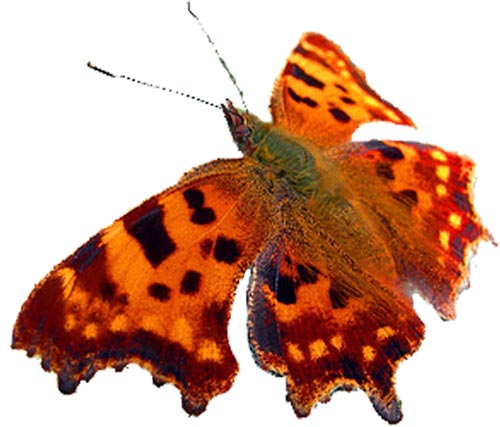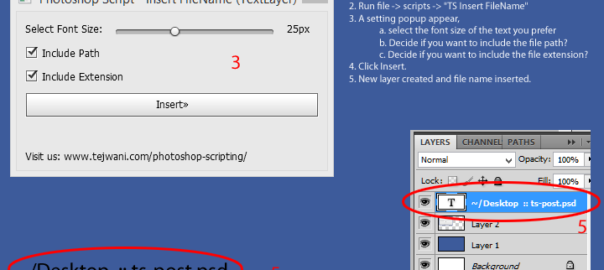
vector classification, there’s no one-size-fits-all answer as to which compression type is better. Unlike lossless compression, lossy compression is irreversible: once you have compressed an image, you can’t go back.Īnd again, just like with the raster vs. Photoshop format supports RGB, CMYK, grayscale. Often, you can notice it only if you zoom in on the image. The PSD format is the default file format used by Adobe Photoshop, a popular image-editing application. Photoshop brush file contains saved brush settings and data (shapes, textures and other data) used to create brush style. It may sound terrifying, but in fact, the algorithm strives to remove only unnecessary data the human eye can’t see, so the quality doesn’t suffer too much. An abr file extension is used for Adobe Photoshop brush files.

Choosing the right file format is important and can even be critical. Its algorithms always reduce size much more compared to lossless compression. GIF (Graphics Interchange Format) BMP (Bitmap Image File) PSD (Photoshop Document).

The quality of such images will remain high, but you won’t see a significant reduction in image file size. This also means that you can reconstruct the original image from the compressed image. How? It reduces file size by identifying parts of the file that are repeated and encoding those parts with a shorter representation.
#Photoshop file extension archive#
Download the content of the plugin, open the archive and copy the PhotoShop.dll library to the directory where the editor is installed (most.
#Photoshop file extension install#
To open the PSD file extension here, you will first need to install a special plug-in. This type of compression reduces the size of an image without affecting its quality. However, when making changes and saving a file, you may encounter some problems opening it in Photoshop. Losseless compression, as its name implies, means that there’s no information loss.

There are two types of compression: lossy and lossless. A Word on Compression MethodsĪmong these two large groups of images-raster and vector-there’s also additional classification according to the format’s compression capabilities. Now let’s take a closer look at the most common file types and their use cases. It would be wrong to say that one type is better than the other: each type works best in certain situations.


 0 kommentar(er)
0 kommentar(er)
